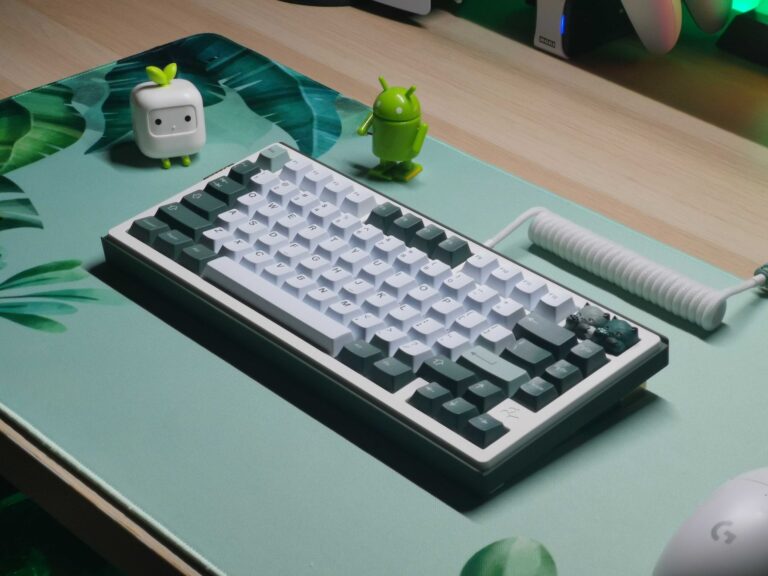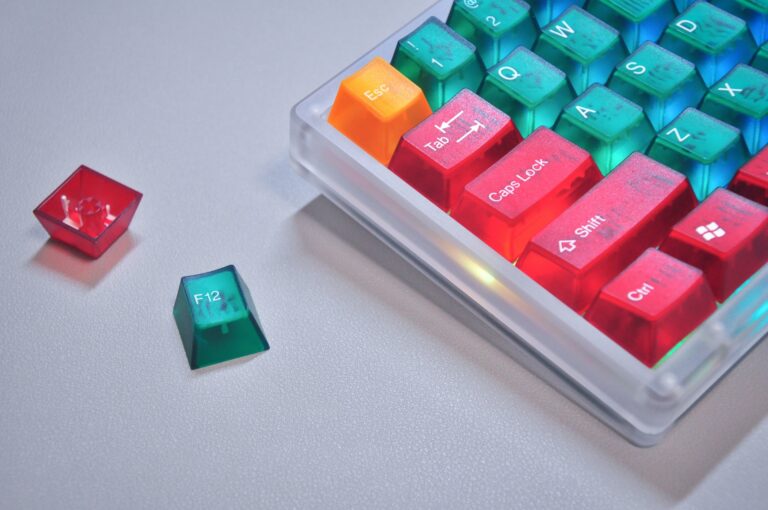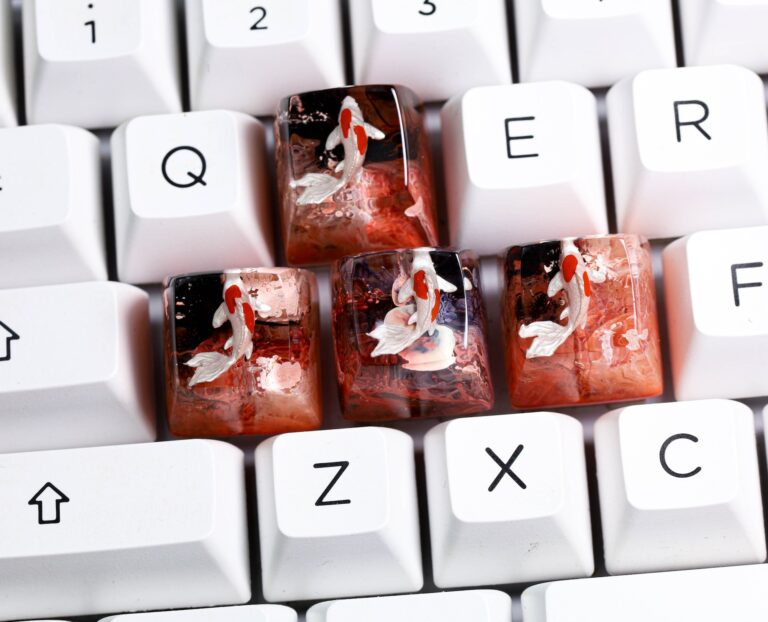When it comes to mechanical keyboards, enthusiasts know that every little detail counts. From the switches to the keycaps, every element contributes to the overall typing experience. One often overlooked aspect that can greatly enhance the performance and longevity of your mechanical keyboard is lubrication. In this comprehensive guide, we will explore the benefits of lubricating your mechanical keyboard and provide you with a step-by-step process to do it properly.
DISCLAIMER: Lubricating your mechanical keyboard may void any warranties it has, so proceed at your own risk. Always consult the manufacturer’s guidelines and consider seeking professional help if you’re unsure about the process.
Note: Some of the links here are affiliate links. There’s NO additional cost for you, but it does help our team to earn some coffee money to keep us and you typing.
Why Lubricate Your Mechanical Keyboard?
- Smoother Keystrokes: Mechanical switches consist of several moving parts that can produce unwanted friction and noise. By applying lubricant, you can reduce the friction between the components, resulting in smoother and more effortless keystrokes. This can greatly improve your typing speed and accuracy.
- Noise Reduction: Mechanical keyboards are notorious for their audible clickety-clack sound. By lubricating the switches, you can significantly reduce the noise, making it more suitable for office environments or late-night typing sessions.
- Improved Switch Longevity: Continuous typing without lubrication can cause switches to wear out faster. Applying lubricant helps reduce the wear and tear on the switches, extending their lifespan and ensuring consistent performance over time.
- Enhanced Typing Experience: Lubricating stabilizer wires and housings can alleviate any rattling or wobbling of the larger keys, such as the spacebar or the Enter key. This results in a more stable typing experience, especially for those who use their keyboards for gaming or typing-intensive tasks.
- Customization and Personalization: Lubrication can allow you to fine-tune the feel and sound of your switches to match your preferences. By experimenting with different lubricants and application techniques, you can achieve a unique typing experience that suits your needs.
Types of Lubricants for Mechanical Keyboards
- Silicone Grease: This is the most commonly used lubricant for mechanical keyboards. It provides good protection against friction, is long-lasting, and is generally safe to use on most switch types.
- Krytox: Considered the gold standard among keyboard enthusiasts, Krytox lubricants offer exceptional performance and durability. However, they can be quite expensive and may require special application techniques.
- Tribosys: Another popular lubricant choice, Tribosys is known for its smooth feel and excellent compatibility with various switch types. It is relatively affordable and easy to work with.
- Dielectric Grease: While not specifically designed for keyboard lubrication, dielectric grease can be used as an alternative. It offers good protection against moisture and has decent lubrication properties.
- PTFE-Based Lubricants: These lubricants contain polytetrafluoroethylene (PTFE), which provides excellent lubrication and is often used in industrial applications. They can be effective for keyboard lubrication, but caution should be exercised as some PTFE-based lubricants may have adverse effects on certain switch types.
Step-by-Step Guide to Lubricating Your Mechanical Keyboard
1. Prepare Your Workspace: First, gather all the necessary tools and lubricants. Next, find a clean and well-lit area to work on your keyboard. It’s important to have enough space to lay out the keycaps and keep track of the switches.
2. Remove Keycaps: Carefully remove the keycaps using a keycap puller or a small, flat tool. Be careful not to apply excessive force, as this can damage the switches or keycaps.
3. Clean the Switches: Use a brush or compressed air to remove any dust or debris from the switches. This step is crucial as lubricating dirty switches can lead to inconsistent results.
4. Apply Lubricant: Dip the brush or applicator into the lubricant and apply a small amount to the contact points inside the switch. Be cautious not to apply too much, as excess lubricant can cause the switches to feel mushy. Less is more in this case. Use the brush or applicator to spread the lubricant evenly across the contact points. Make sure the lubricant is evenly distributed to ensure consistent keystrokes.
5. Lubricate Stabilizers (If Applicable): If your keyboard has stabilizer wires or housings, they can benefit from lubrication as well. Apply a small amount of lubricant to the points where the stabilizer wire meets the housing. This will help reduce any rattling or wobbling of the larger keys.
6. Reattach the Keycaps: Once you have lubricated the switches and stabilizers, reassemble the keycaps onto the keyboard. Make sure each keycap is correctly aligned and press it firmly until it clicks into place.
7. Test and Adjust: Test the keyboard by typing and listen for any improvements in smoothness and sound. If necessary, you can fine-tune the lubrication by adding or removing small amounts of lubricant.
8. Maintenance: Lubrication is not a one-time process. Over time, the lubricant can wear off or accumulate dust and debris. To maintain optimal performance, it’s recommended to reapply the lubricant every six to twelve months, depending on your usage. Regularly cleaning your keyboard and keeping it free from dust and debris will also help maintain its optimal performance.
The Bottom Line
Lubricating your mechanical keyboard can greatly enhance your typing experience and prolong the lifespan of your beloved keyboard. With the right lubricant and proper technique, you can achieve smoother keystrokes, reduce noise, and enjoy a satisfying typing experience. Remember to take your time, follow the instructions carefully, and experiment to find the perfect lubrication balance for your specific keyboard and switch type. Happy typing!











